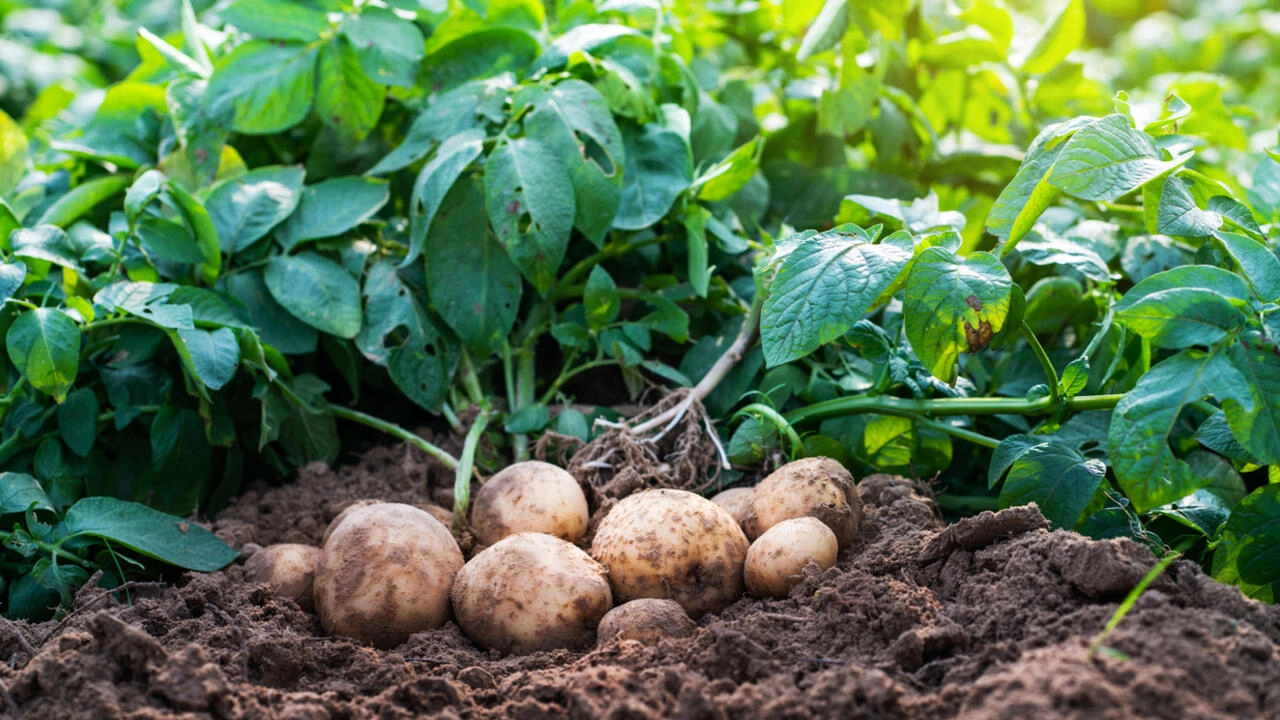Gahrda Chitis
Gahrda Chitis is a special selected chitosan hydrochloride diverted from one special type of shrimp. Gahrda Chitis is globally the only chitosan produced from a single source of wild shrimp caught under the exclusive sustainable ecolabel of Marine Steward Council (MSC). The North Atlantic waters where these shrimps originate are the cleanest and purest waters globally and under strict protection surveillance.
Gahrda Chitis, which is our trade name for chitosan hydrochloride, is an abundant polycationic biopolymer. A nontoxic, fully biocompatible and biodegradable substance. Chitosan hydrochloride is applicable in multiple industrial and biotechnological applications. Predominant uses are biomedical applications, food preservative, packaging additive and wastewater treatment.
Gahrda Chitis is commercialized as Charge® by ADAMA, who is our official distributor for the European professional agricultural markets. Our partnership initially stemmed from the demand for sustainable pesticide alternatives in the sugar beet market. Charge®, as an elicitor, has now expanded its application to various crops in various countries. Charge® has been thoroughly researched by many institutes and research stations, focused on sugar beets, cereals, grapevines, flowerbulbs and a range of other crops, as well as seeds.
The added value of Gahrda Chitis is less dependency on conventional chemistry and a higher disease control by preventive applications. As part of an ICM strategy it clearly demonstrates how elicitor efficacy can support the plant defense and improves the disease control.
Chitosan in agriculture
In agriculture Chitosan is typically used as a natural seed treatment and plant elicitor. An ecologically friendly substance that boosts the innate ability of plants to defend themselves against pathogenic infections. The natural biocontrol ability of Chitosan should not be confused with the effects of fertilizers or pesticides upon plants or the environment. Chitosan, as a basic substance*, is representing a new tier of cost-effective biological control for crops for agriculture and horticulture.
Mode of Action of Chitosan
Stimulation of Pentose Phosphate Pathway, causing positive morphological changes, by providing NADPH and sugar phosphates to:
- stimulate stronger rooting (increase rate of Shikimate Pathway, which can stimulate auxin production),
- stimulate more shooting (increase rate of purine and cytokinin production).
Increase phytochemical and phytoalexin production, causing positive biochemical changes:
- antioxidant response is stimulated, which improves Stress Response
- lignification (toughness of plant by stimulated lignin production)
- improved resistance against invaders, due to lignification and chitinase production.
*Basic substances
Basic substances are not predominantly used as plant protection products but which may be of value for plant protection and for which the economic interest of applying for approval may be limited” according to Article 23 of EC1107/2009.
Basic substances as Chitosan hydrochloride are important in organic farming and play a major part in the transition of conventional farming using more sustainable solutions. These substances are of great importance of the ambitions in the European Green Deal.
Copyright Cercam




